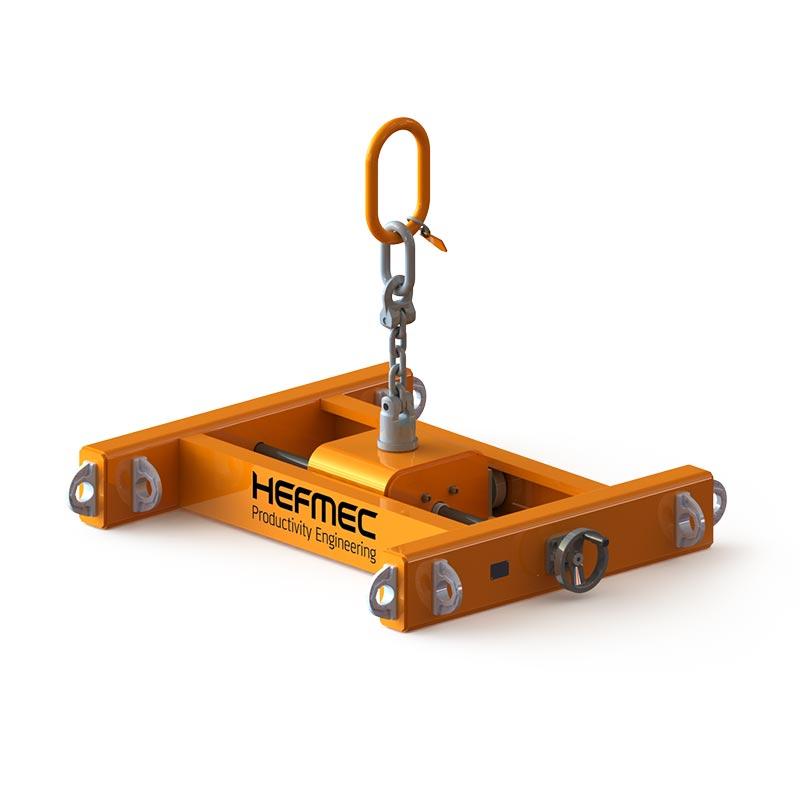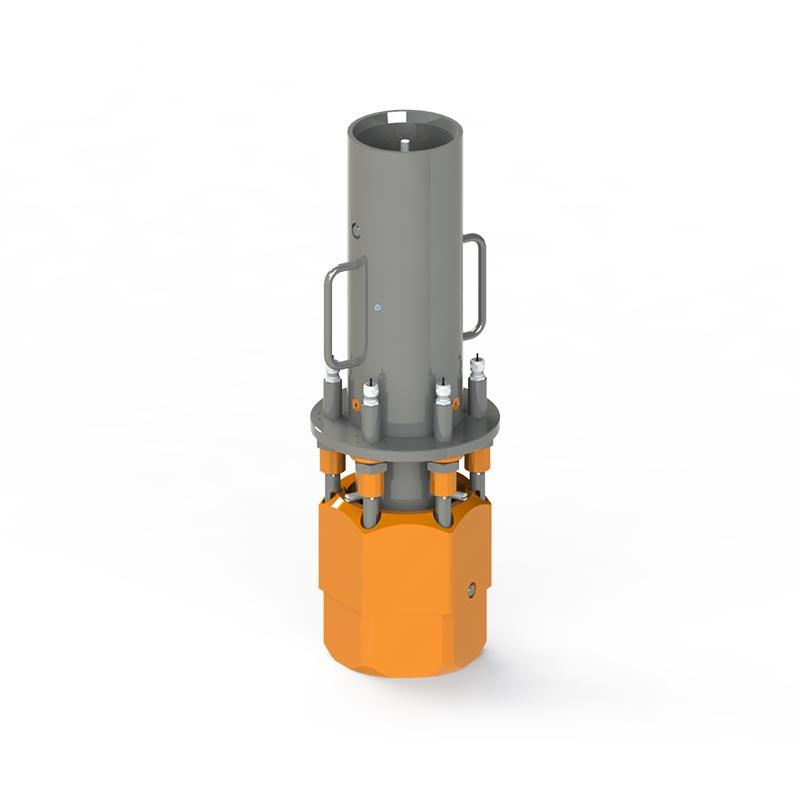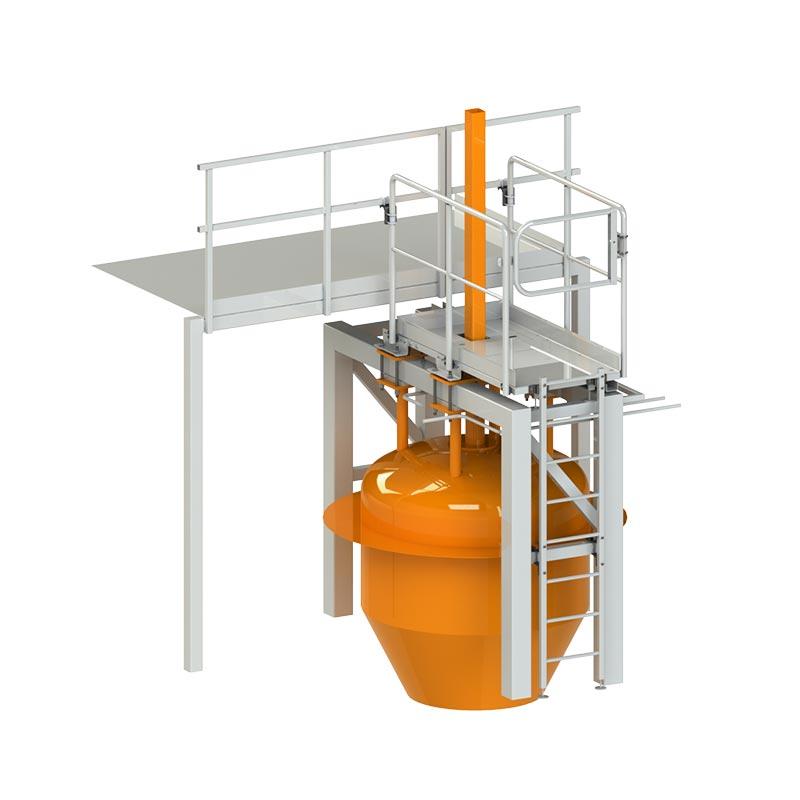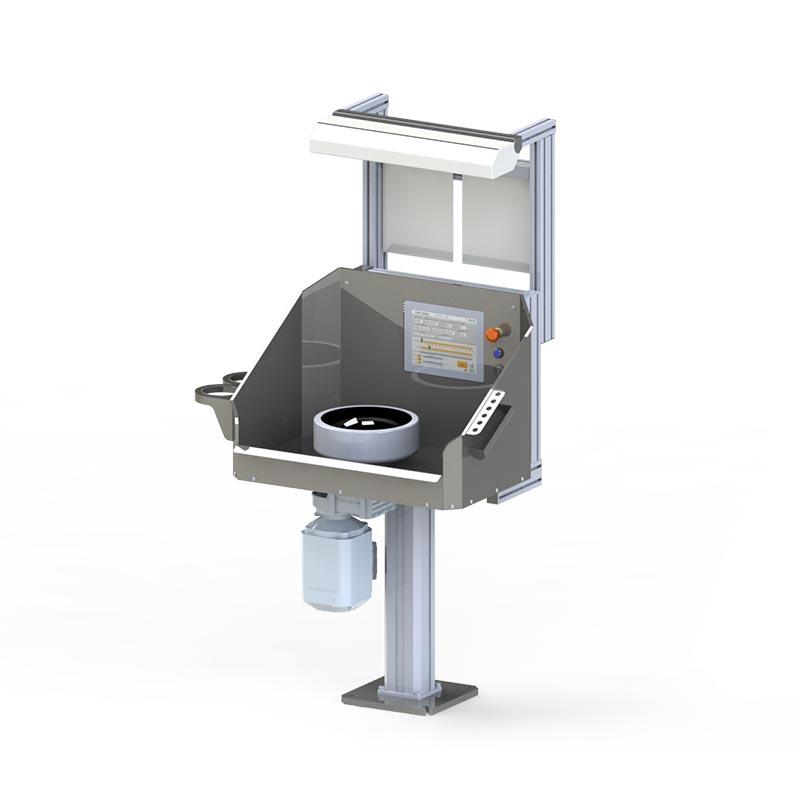Modern strength calculations provide powerful tools for optimising the use of materials in product design. It allows accurate sizing of structures, minimising material quantities without compromising safety. Computational methods can be used to predict the behaviour of a structure under different loading conditions, identify critical points and optimise material selection. This leads to cost efficiency, reduced environmental impact and longer product life.
What is the basis for strength calculation in material selection?
Strength calculations can be used to determine how different loads affect materials and structures, which is essential for optimal material design. This allows engineers to select the right materials for each application.
Understanding stress types is at the heart of strength calculation. Tensile, compressive, bending, shear and torsional stresses behave differently in different materials. For example, steel excels at resisting tensile stress, while concrete is best suited to compressive loads. Strength calculations help to predict how a material will respond to these different stresses.
Deformation is another key factor in material choices. Elastic deformations are reversed when the load is removed, but plastic deformations are permanent. Strength calculations allow us to determine the yield and fracture limits of a material, which is essential for safe structural design.
The Hefmec strength calculation team also understands the importance of dynamic loads. Vibration, impact loads and fatigue are factors that have a significant impact on the long-term behaviour and durability of materials. Taking these phenomena into account is an essential part of a comprehensive engineering calculation.
How can FEM analysis improve product development?
The finite element method (FEM) has revolutionised materials optimisation by providing a tool to simulate complex structures and loading conditions. This calculation method allows products to be tested virtually before prototyping.
A key advantage of FEM analysis is its ability to identify critical points in structures. Stress peaks, deformations and resonant frequencies can be pinpointed accurately, helping to focus design resources on the right places. This avoids oversizing in areas where it is not necessary.
FEM analysis is invaluable for optimising material consumption. It allows topological optimisation, where the algorithm removes material from less loaded areas and leaves it where it is structurally necessary. This leads to significant material benefits.
At Hefmec, we use advanced FEM analysis methods that take into account linear and non-linear phenomena. This allows us to maintain simulation accuracy even under demanding conditions, such as large deformations or complex material models.
How does strength calculation reduce material costs?
Strength calculations can be used to determine the optimal use of materials, leading to direct cost savings. Accurate calculations ensure that only the right amount of material is used without compromising safety.
Avoiding oversizing is a key factor in material efficiency. Without accurate strength calculations, designers often add extra factors of safety, leading to overly rigid structures. Computational analysis allows a more accurate allocation of safety factors according to the actual risks.
Efficient use of materials also translates into weight savings, which can bring significant benefits, for example in mobile machinery and equipment. Lower weight often means lower energy consumption in use, which brings additional savings over the life cycle of the product.
Hefmec experts help our customers to find cost-optimised solutions, drawing on our extensive experience in strength calculations and material properties. Sustainable design takes into account both economic and environmental considerations.
What are the benefits of strength calculation for the durability of products?
Strength calculations can significantly improve product lifetime by predicting and preventing potential failure mechanisms. Accurate analysis ensures that structures can withstand their designed loads throughout their life cycle.
Fatigue analysis is particularly important for components that are subjected to repeated loads. Strength calculations can be used to predict the fatigue behaviour of a material and to determine its service life in terms of number of cycles. This enables predictive maintenance planning and avoids unexpected failures.
Strength calculations also help to understand how different environmental factors – temperature, humidity, corrosion – affect the durability of materials. This knowledge is essential when designing products for demanding operating conditions.
Hefmec’s structural design services combine theoretical strength calculations with practical experience. Our customers can be confident that the products we design will withstand the specified operating conditions with optimised use of materials.
The future of strength calculations for materials optimisation
Artificial intelligence and machine learning are revolutionising the potential of strength calculations for materials optimisation. Algorithms can explore a myriad of design options and find solutions that would be impossible to detect using traditional methods.
New material designs are constantly evolving. Composites, nanomaterials and functional materials bring new challenges to strength calculations, but also opportunities for unprecedented optimisation. More complex material models require more sophisticated calculation methods.
The automation of design processes is progressing rapidly. Parametric design, combined with automation of strength calculations, will enable real-time optimisation, where designers can immediately see the impact of their changes on both the strength and material performance of the structure.
Hefmec is actively following developments in the industry and is constantly investing in updating its skills. We provide our customers with modern strength calculation tools and expertise to enable them to use the latest methods to optimise materials and design sustainable products.








